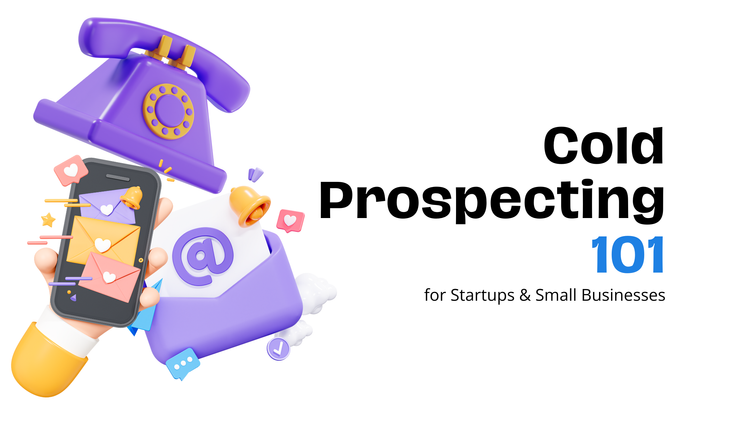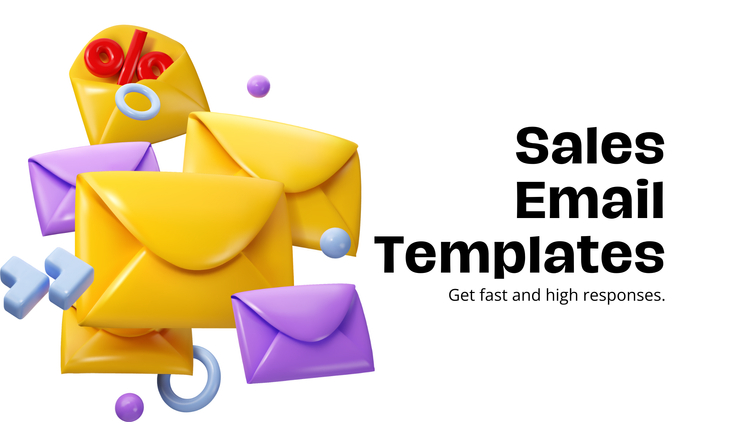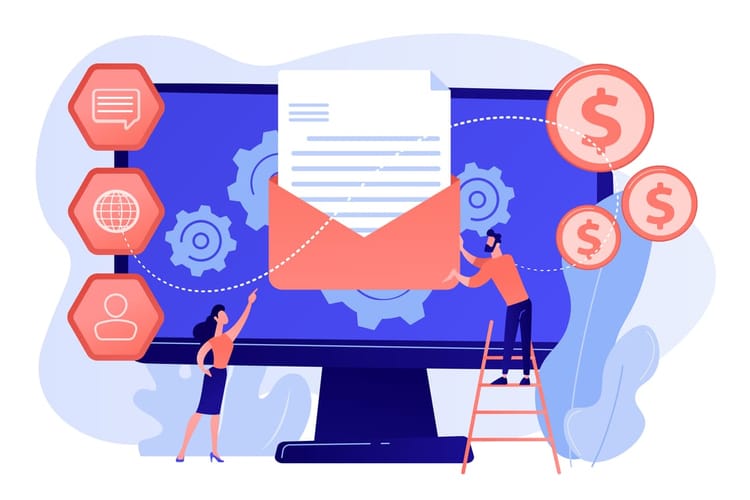How to Lookup Any Business Email Address for Free

Are you having issues finding those crucial business emails you need for an outreach campaign’s success? They're not easy to find, especially since professionals are more hesitant to make their emails available to avoid spam. However, there are multiple ways to lookup verified email addresses for free.
You might be thinking, “Okay, but how much effort is this going to take? Is it even worth it?” It’s worth it! Email is still the number one medium for starting new business relationships. And while response rates may not be amazing (usually between 1-5%), if one lead responds and starts a conversation, it makes your efforts well worth it.
To Lookup Email Addresses, Don’t Take Any Shortcuts
Creating an email list takes time. You have to search for individuals by industry, location, size, etc. — which is why you might be tempted to purchase an email list. However, the problem with those email lists is that they more often than not include spam traps. Those are fake email addresses created with the intention of trapping people who purchase AI harvested lists.
Sending emails to spam traps and addresses that have been gathered without permission is a dangerous game. Your IP could get blacklisted, and even worse, your reputation could get damaged.
To avoid high bounceback rates, put forth the effort in creating a proper email list based on your target audience. Not only will you avoid getting blacklisted, but you’ll also reach real people who are interested in your offering, which will increase your open and response rates.
Here are four ways you can get started looking up a business email address for free.
#1. Ask Over LinkedIn
LinkedIn is a great platform to not only find the people you’re looking for, but to contact them as well. Since LinkedIn has a messenger feature, you can send your prospects private messages. This gives you a great opportunity to ask for their work email.
The only caveat is that LinkedIn users receive a lot of spam, so you better be able to separate your messages from the rest of the pack. Otherwise, yours will just be another direct message that gets deleted before it’s even opened.
To ensure your LinkedIn message has a better chance of getting opened and read, make sure it’s personalized, thoughtful, and doesn’t include a pitch. Much like the email, you’re going to send once you get their email address, this is all about starting a conversation, not making the sale right away.
You don’t have to get their email in their first response either. Here is a great example from HubSpot:
"Hi Mary,
I'm a big fan of the work you do with Company X. I saw your recent comments on an article about widget machine errors and they really resonated with me (I've seen my fair share of terrifying widget errors).
Just wanted to say hello and that I'd love to connect here. Thanks for the work you're doing!
Best, Meg"
This is all about getting a response. With a quick compliment, commonality, and a simple “close,” you’re more likely to start a rapport than just asking for their email address right off the bat.
#2. Check Their Company Website
Before you message your prospect on LinkedIn, you could simply go to their company website and search their Contact Us page. You’d be surprised how many decision-makers make it easy to contact them. And if you’re not sure whether they’re a decision-maker or not, send them an email that asks them to point you in the right direction.
Another way you might find their email address is to see if they’ve written anything for the company’s blog. If so, you can usually click on their name, which will bring you to their bio page.
If they don’t have a bio page, at least you will have learned something about them through their writing that you can use once you’ve obtained their email address. Some email lookup tools can even take the domain of a company website and provide contact information from it.
#3. Don’t Forget About Twitter
Some professionals are much more involved on Twitter than they are on LinkedIn. All you have to do is type their name in on Google with “Twitter” at the end, and their name should pop up right away if they have an account.
Once you’ve found them on Twitter, do a little digging by reading their description to discover their interests and what platforms they may be active on. You can engage them through those mediums, or Tweet them directly after you’ve followed them.
Keep your Tweet short and simple with a compliment and an ask. Here’s another example from HubSpot, “@MarySmith, I loved your recent post on widget error reduction. Do you have any other posts to share on the topic?”
Once again, you’re not asking for their email address from the get-go. All you’re trying to do is get a response. After a few back-and-forths, you can take things to the next level by asking to further the dialogue over email.
#4. Use an Email Lookup Tool
A free email lookup tool or finder gets you leads based on their personal data, which can include their company, links on social media, their name, and so on. If the email address was published somewhere on the internet, the email lookup tool will find it and verify that it’s real and current.
Whether it's through LinkedIn, companies’ websites, or using in-app features, platforms like Skrapp.io help you build accurate email lead lists for your next outreach campaign. You can even download email lookup extensions that smartly integrate with your LinkedIn and Sales Navigator and provide verified email addresses of leads instantly.
In short, an email lookup tool gives you quick access to verified email addresses without having to search through so much information. Plus, there is no monthly fee to install and use the email finder. If you decide that you need more capabilities down the line, you can always subscribe for more features.
Find The Right People
These free email address lookup techniques are a great way to build your list, but you want to make sure you’re reaching the right people. You want to know if the person you’re reaching is a gatekeeper or a decision-maker.
In most cases, you’ll be able to find the contact information of the gatekeeper, usually a receptionist, secretary, or someone else in charge of communication. That’s why it’s important to find this person’s email if you can’t find the actual decision-maker.
To find either the gatekeeper or decision-maker, try our email lookup tool for free to find verified email addresses and start filling out your email list.





